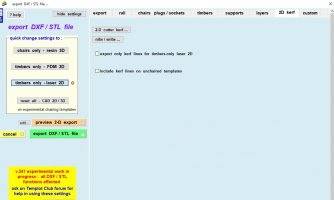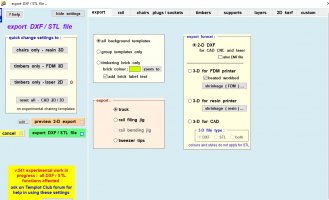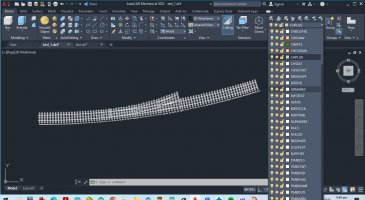Jim Guthrie
Member
- Location
- Yate, S. Gloucestershire
These standards were drawn up by Ian Pusey way back in the early 1960s - basically by dividing the prototype by 64 with very small adjustments to account for tolerances. The wheel tyre standard was based on a 5.5" wide locomotive tyre.In the UK the S Scale Model Railway Society publish standards based on a 1:64 reduction of the prototype:
http://www.s-scale.org.uk/standards.htm
cheers,
Martin.
However I know that in practice a few of us actually modify the standards very slightly and open up the wing rail flangeways to 0.032" from 0.028". This gives a small amount of elbow room to allow wheels with slightly tight back-to-backs, or for wheels with slightly thicker flanges than the 0.018" width set in the standards. This allows for the use of some 4mm scale wheels, particularly locomotive wheels, where flanges are a bit wider.
But the standards do work as designed with wheels tyres to the standard at the proper back-to-back.
Jim.
message ref: 8651
 Search
Search








